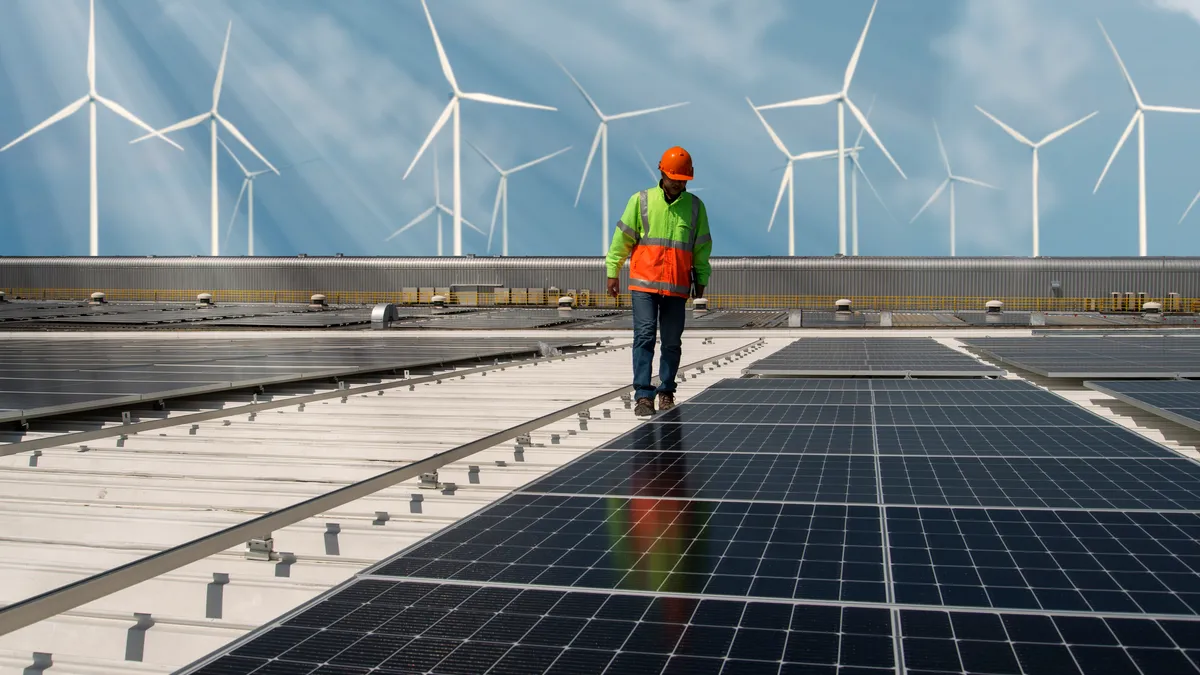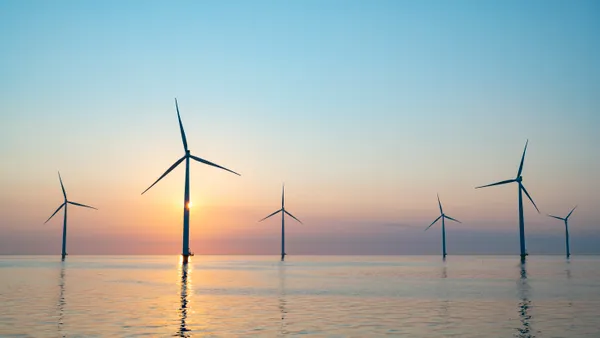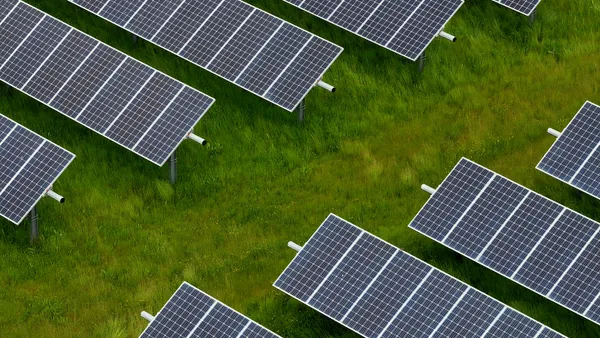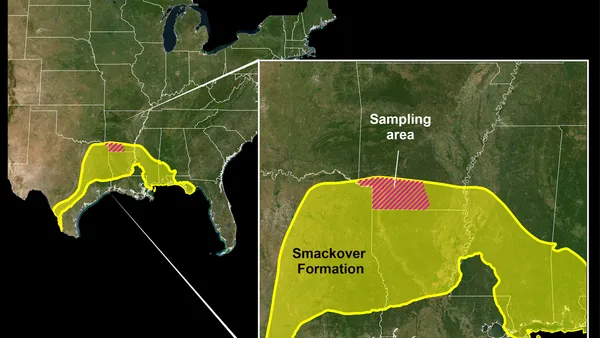Dive Brief:
- Clean energy developers’ demand for skilled construction labor is outstripping the supply amid an onslaught of new projects and competition with other industries, according to panelists at a Wednesday session of the American Clean Power Association’s Cleanpower conference in Minneapolis.
- The Inflation Reduction Act’s support for apprenticeships and longer-term renewable energy tax incentives has boosted worker and employer confidence, but persistent training deficits, diversity challenges and negative perceptions of the construction industry hinder efforts to expand the talent pipeline, panelists said.
- “It’s no longer enough for us just to create the jobs,” said Martha Ontiveros, senior vice president for human resources at Pattern Energy. Growing a durable clean energy workforce “will require a multi-stakeholder process,” she added.
Dive Insight:
The Inflation Reduction Act, CHIPS and Science Act and Infrastructure Investment and Jobs Act are fueling demand for construction and skilled trades workers, according to a February study by the Political Economy Research Institute at the University of Massachusetts Amherst.
Meeting the demand will require developers and engineering, procurement and construction firms to improve internal training programs, expand partnerships with unions and community colleges and try “out of the box” recruiting tactics, said panelist Matthew Tetrault, senior vice president for operations at MasTec Renewables.
The construction sector has the highest concentration of occupations likely to face shortfalls as funding authorized by the IRA, IIJA and CHIPs acts works through the U.S. economy, PERI found. Among occupations with significant representation in construction, the institute projected a shortfall of 91,500 first-line construction supervisors, 60,850 first-line supervisors of mechanics, installers and repairers, 31,250 power line installers and repairers and 173,600 heavy truck drivers.
The clean energy industry is competing for these workers “against every other industry that seems to be booming” today, said panelist Jesse Canzler, vice president and general manager for wind energy at Mortenson, which he said employs between 3,000 and 5,000 craftspeople in clean energy construction.
“People aren't raising their kids these days with ambitions to go into construction,” he said.
Among workers who do see their future in construction, clean energy developers and construction firms must compete against industries that require less travel and offer better work-life balance, like residential construction, Tetrault said.
Developers and construction firms can use that impulse to their advantage on jobs closer to towns and cities, Canzler said. Hiring more workers “who can go home at night” cuts down on per-diem and travel expenses, he added, noting that population centers may have fertile recruiting grounds — like bouldering gyms filled with people who “want to climb wind turbines all day.”
For more remote sites with limited local labor pools, employers can leverage network effects in traveling workers’ home communities. Those workers can be effective recruiters simply by showing their friends and neighbors that “you can make [life on the road] work at home,” Canzler said.
Developers that also own renewable generation resources can attract construction talent by providing pathways into operational roles, Ontiveros said. That’s a selling point for some 1,500 contract workers on Pattern Energy’s SunZia wind and transmission project, which will require 150 permanent operations jobs after construction, she added.
To retain construction talent in occupations with apprenticeship programs stretching three years or longer, employers need to keep employees engaged and challenged, Tetrault said. A typical MasTec apprenticeship, he said, is about 75% on-site cross-training — switching workers between mechanical and civil roles on the same project, for example — and 25% off-site training at its job centers in Dallas and Amarillo, Texas. Yet keeping apprentices in the program is challenging because they can flourish in other roles without such a “long runway,” he said.
Four-year universities, community colleges and technical schools are strong partners for companies that need operating talent, but less- so on the construction side, panelists said.
“That doesn’t appear where [educational institutions are] focusing,” and may not even be aware of the need, Canzler said. The construction industry as a whole has “done a bad job of PR,” he noted.
“It’s not that they’re saying ‘no’ to us,” Tetrault said. “It’s more like, ‘Tell us what you need.’”
Before the session closed, panelists addressed diversity in the clean energy workforce. “We’re not great at it … we know we need to do better,” Tetrault admitted.
MasTec’s partnership with UnidosUS has helped it attract Hispanic employees, Tetrault said. But the company’s workforce is only about 10% women, largely on the solar side, he added.
Mortenson’s higher-skilled craft workforce is “40% diverse,” but only 5% to 7% women, Canzler said. “We are missing half the population because nobody wants to be the only one.”
But attracting women, workers of color and other historically underrepresented groups is only the first step, Ontiveros said. Clean energy employers need to be ready for these recruits with internal affinity groups and other forms of support “or we will lose them as soon as we hire them,” she said.














